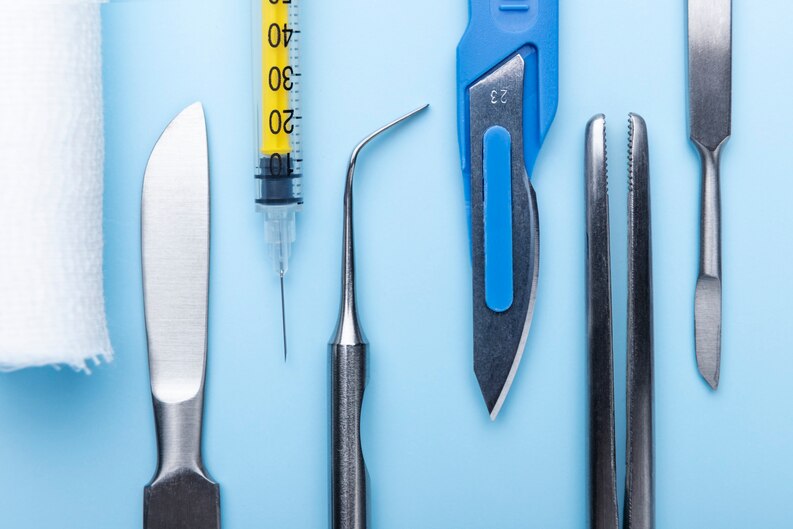Robotic surgical tools have become a game-changer in the medical field, allowing surgeons to perform complex procedures with unprecedented precision and control. These tools enhance minimally invasive surgery by enabling smaller incisions, reducing recovery time, and improving patient safety. As robotic technology advances, it’s crucial to understand the techniques, types, equipment, and ergonomic features that define this innovative surgical approach.
Robotic Surgery Techniques
Robotic surgery combines computer-assisted technology with surgeon expertise to enhance the accuracy and efficiency of procedures. Key techniques include minimally invasive surgery, where robotic arms maneuver through small incisions to minimize tissue damage. Surgeons control these arms remotely via consoles that translate their movements into precise actions. This method often utilizes 3D high-definition visualization, giving surgeons a detailed view of the surgical site. Additionally, some systems incorporate haptic feedback to simulate the sense of touch, enhancing the surgeon’s ability to manipulate tissues carefully.
These techniques reduce surgical risks, such as excessive blood loss and infection, and contribute to quicker patient recovery and shorter hospital stays.
Types of Robotic Surgery
Robotic surgery has expanded across multiple medical specialties due to its versatility and effectiveness. In urology, robotic-assisted prostatectomies are common, providing better precision and fewer complications. Gynecologic surgeries, such as hysterectomies, also benefit from robotic tools that improve surgical outcomes and reduce patient discomfort. In cardiothoracic surgery, robots assist in delicate procedures like heart valve repairs with minimal invasion. General surgery procedures including gallbladder removal and hernia repair increasingly use robotic assistance to enhance precision. Orthopedic surgeries, such as joint replacements and spinal operations, rely on robotic tools for improved implant accuracy and alignment.
These applications illustrate how robotic surgical tools are transforming a wide range of surgical practices.
Robotic Surgical Equipment
The success of robotic surgery depends heavily on advanced surgical equipment. Robotic arms equipped with multiple joints replicate the surgeon’s hand movements but with greater stability and range of motion. High-definition endoscopic cameras provide detailed, magnified views inside the body, essential for precise maneuvering. Surgeons operate these instruments from a console equipped with intuitive hand controls and foot pedals that allow fine manipulation. Interchangeable surgical tools attached to robotic arms enable cutting, suturing, and tissue manipulation. Supporting software systems ensure smooth, real-time responsiveness and maintain safety throughout the procedure.
Together, this equipment creates a seamless integration of human skill and robotic technology, offering enhanced surgical precision.
Ergonomic Surgical Instruments
Ergonomics is a critical factor in robotic surgery design, aiming to reduce surgeon fatigue and enhance performance during complex, lengthy procedures. Surgical instruments and control consoles are designed to fit natural hand and body postures, minimizing strain. Adjustable consoles accommodate different surgeon sizes and preferences to maximize comfort. The intuitive controls reduce unnecessary movement and filter out hand tremors, allowing for steadier and more precise instrument handling. These ergonomic features not only improve the surgeon’s experience but also contribute to better patient safety and surgical outcomes.
Conclusion
Robotic surgical tools are at the forefront of modern surgical innovation, combining advanced technology with human expertise to deliver superior care. Their precision, minimally invasive approach, and ergonomic design provide significant benefits to both surgeons and patients. As the field continues to evolve, embracing robotic surgical equipment will be essential for healthcare professionals seeking to improve surgical quality and patient recovery. Understanding and investing in these tools today paves the way for the future of surgery.



Add a Comment